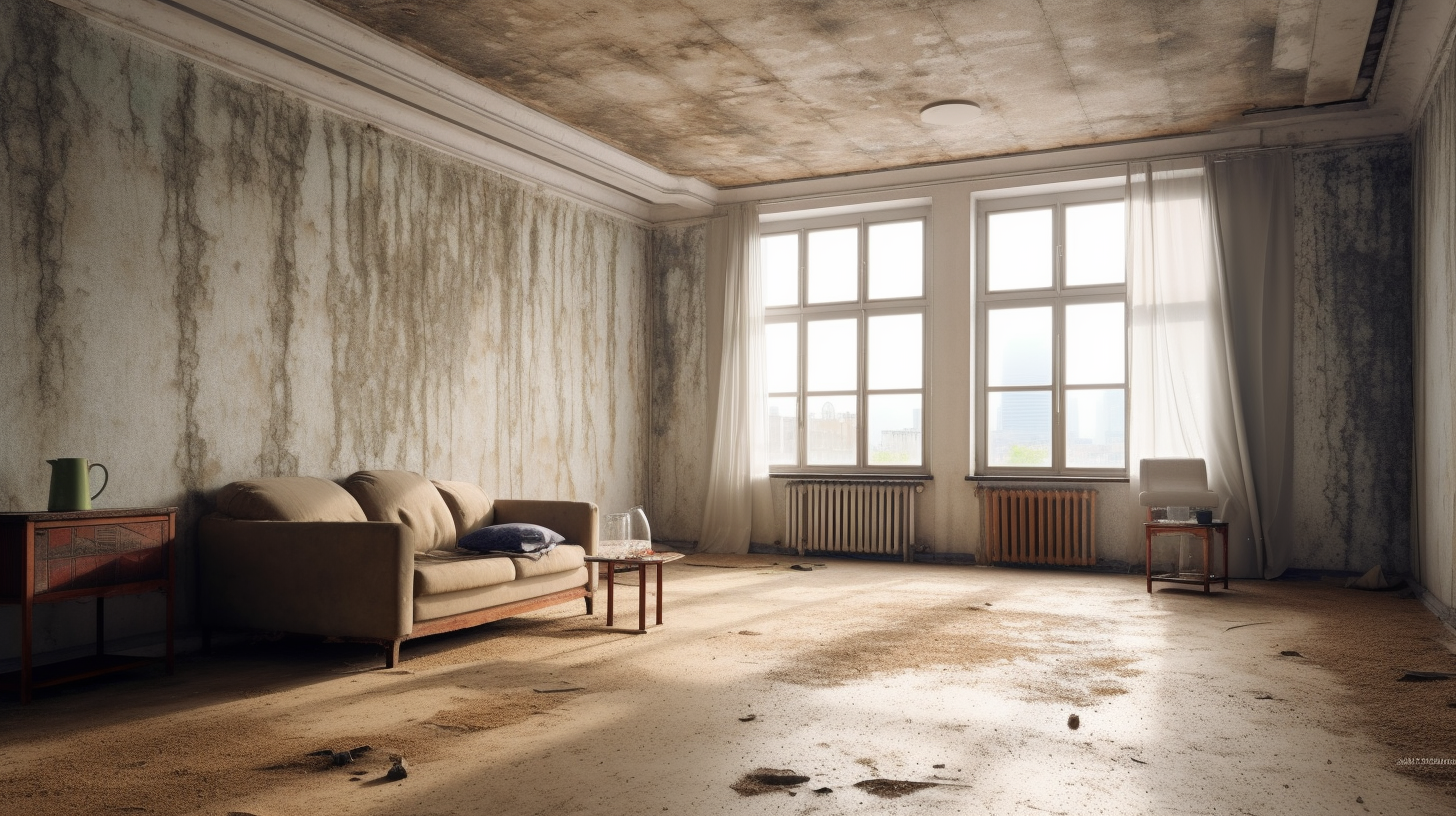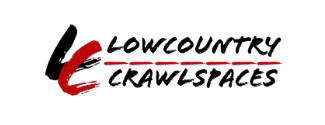The Science Behind Mold Remediation: How It Works
Mold remediation is not just about removing unsightly stains or eliminating musty odors—it's a crucial process for maintaining both the health and safety of your living environment. Mold can silently infiltrate homes, compromising indoor air quality and undermining the structural integrity of buildings. This blog explores why timely and effective mold remediation is essential for a healthy home.
Indoor air quality is directly impacted by the presence of mold. Mold spores can become airborne, leading to respiratory problems, allergic reactions, and other health issues, especially for vulnerable groups like children, the elderly, and those with pre-existing health conditions. Ensuring clean air within your home involves addressing mold problems at their source, which requires more than just superficial cleaning. Comprehensive mold remediation targets the underlying moisture issues that allow mold to thrive, ensuring a long-lasting solution.
Beyond health concerns, mold poses significant risks to the structural integrity of your home. Mold feeds on organic materials such as wood, drywall, and insulation, gradually breaking them down and weakening the structure. Left unchecked, mold can lead to severe and costly damage, necessitating extensive repairs and even jeopardizing the safety of the building.
Effective mold remediation combines expert knowledge, advanced tools, and thorough techniques to eliminate mold and prevent its return. By investing in professional remediation services, homeowners can protect their property and ensure a safe, healthy living environment. This blog will delve into the importance of mold remediation, highlighting its role in preserving indoor air quality and maintaining the structural soundness of your home.
Understanding Mold Growth
Conditions for Mold Growth
Mold is a pervasive problem in many homes, thriving in specific environmental conditions that provide the necessary elements for its growth. Understanding these conditions is key to preventing and controlling mold infestations.
Environmental Conditions That Foster Mold Growth:
- Moisture: Moisture is the most critical factor for mold growth. Mold spores need water to grow, which is why mold is often found in damp or wet areas. Common sources of moisture in homes include leaks from roofs, pipes, or windows, high humidity levels, and condensation on cold surfaces.
- Temperature: Mold grows best in warm environments, typically between 60 and 80 degrees Fahrenheit. These temperatures are common in many indoor environments, making homes particularly susceptible to mold growth.
- Organic Material: Mold feeds on organic materials such as wood, drywall, fabric, and paper. These materials provide the nutrients mold needs to grow and reproduce.
Creating the Perfect Habitat for Mold Spores:
These conditions combine to create an ideal habitat for mold spores to thrive. When moisture is present, mold spores can germinate and grow on almost any surface that contains organic material. Warm temperatures further accelerate the growth process, leading to rapid colonization and spread. Understanding and controlling these environmental factors is crucial in preventing mold growth and maintaining a healthy home environment.
Types of Mold and Their Implications
Different types of mold can be found in homes, each with its own set of characteristics and associated risks. Here is an overview of some common molds and their implications:
Common Types of Mold Found in Homes:
- Aspergillus: This mold is commonly found indoors on surfaces such as walls, insulation, and paper products. Aspergillus can grow in a variety of conditions and is known for producing allergens and mycotoxins, which can lead to health problems.
- Cladosporium: Often found on fabrics, wood surfaces, and HVAC systems, Cladosporium can thrive in cooler environments. It can cause allergic reactions and respiratory issues, particularly in sensitive individuals.
- Stachybotrys (Black Mold): Known as black mold, Stachybotrys thrives in highly moist environments and is typically found on materials with a high cellulose content, such as paper, drywall, and fiberboard. Black mold is notorious for producing mycotoxins, which can cause severe health problems.
Health and Structural Risks Associated with Different Molds:
- Health Risks: Exposure to mold can cause a range of health issues, from mild allergic reactions like sneezing, runny nose, and skin rashes to more severe respiratory problems and immune system suppression. Some molds, like Stachybotrys, produce toxic compounds that can lead to serious health conditions.
- Structural Risks: Mold can compromise the structural integrity of buildings by feeding on and breaking down organic materials. Over time, this can weaken walls, ceilings, and floors, leading to costly repairs and potential safety hazards.
Understanding the types of mold and their implications helps homeowners recognize the importance of addressing mold problems promptly and effectively. By controlling environmental conditions and being aware of the health and structural risks associated with different molds, homeowners can better protect their homes and their health.
Principles of Mold Remediation
Effective mold remediation is essential to ensure the safety and health of indoor environments. This process involves specific principles aimed at controlling and eliminating mold growth, focusing on containment and moisture control.
Containment Strategies
Why Containment is Critical:
Containment is a vital aspect of mold remediation because it prevents the spread of mold spores to unaffected areas of a building. During the remediation process, mold spores can become airborne and disperse throughout the home, leading to further contamination and health risks. Proper containment ensures that mold is confined to the area being treated, protecting the rest of the building and its occupants.
Techniques Used for Containment:
- Plastic Sheeting: Heavy-duty plastic sheeting is used to seal off the remediation area from the rest of the home. This creates a physical barrier that prevents mold spores from escaping. Openings, such as doors and vents, are covered and sealed to maintain the integrity of the containment.
- Negative Air Pressure: Establishing negative air pressure within the containment area helps to ensure that any mold spores that become airborne are drawn into the containment zone rather than spreading to other parts of the building. This is achieved by using air filtration devices that pull air from the contained area and filter it before releasing it outside.
- Air Filtration Devices: High-Efficiency Particulate Air (HEPA) filters are used in air scrubbers and vacuums to capture mold spores from the air. These devices are strategically placed to ensure continuous air cleaning, further preventing the spread of contaminants.
By implementing these containment strategies, remediation professionals can effectively control and limit the spread of mold, making the remediation process safer and more efficient.
Moisture Control
Importance of Controlling Moisture:
Controlling moisture is the cornerstone of preventing future mold growth. Mold spores are ubiquitous and can remain dormant until they encounter a suitable environment, particularly one with sufficient moisture. Without addressing the underlying moisture problems, mold is likely to return even after successful remediation.
Methods to Identify and Mitigate Sources of Moisture:
- Inspection and Detection: Professionals use various tools, such as moisture meters and infrared cameras, to detect areas of high moisture and identify hidden sources of water. These tools help pinpoint leaks, condensation points, and other moisture issues that may not be immediately visible.
- Fixing Leaks: Any leaks in the plumbing, roof, or walls must be repaired to eliminate sources of unwanted moisture. This may involve sealing cracks, replacing damaged pipes, or repairing roofing materials.
- Improving Ventilation: Enhancing airflow within the home reduces humidity levels and helps dry out damp areas. This can be achieved by installing or upgrading exhaust fans in high-moisture areas like bathrooms and kitchens, and ensuring that HVAC systems are functioning correctly.
- Dehumidification: Using dehumidifiers can significantly reduce indoor humidity levels, making the environment less conducive to mold growth. This is particularly important in basements and other areas prone to dampness.
- Waterproofing: Applying waterproofing measures to basements, crawl spaces, and foundations helps prevent water intrusion. This can include installing drainage systems, applying waterproof coatings, and ensuring proper landscaping to direct water away from the building.
By focusing on moisture control, remediation efforts can achieve long-term success, ensuring that mold does not recur. Effective moisture control strategies are essential for maintaining a healthy and mold-free indoor environment.
Remediation Techniques
Effective mold remediation involves a combination of advanced technologies and thorough physical methods to ensure that mold is completely removed and that the environment remains safe and healthy.
Air Filtration and Purification
The Role of Air Scrubbers and HEPA Filters:
Air filtration and purification are critical components of mold remediation. Air scrubbers equipped with HEPA (High-Efficiency Particulate Air) filters play a crucial role in removing mold spores from the air during and after the remediation process.
- Air Scrubbers: These devices circulate the air in the contaminated area, capturing airborne mold spores, dust, and other particulates. By continuously filtering the air, air scrubbers help reduce the overall spore count, making the environment safer.
- HEPA Filters: HEPA filters are designed to capture particles as small as 0.3 microns with 99.97% efficiency. This high level of filtration ensures that even the smallest mold spores are removed from the air, preventing them from spreading to other areas.
Ensuring a Clean and Safe Environment Post-Remediation:
After mold remediation, maintaining clean air is essential to prevent health issues and mold regrowth. Air scrubbers and HEPA filters ensure that the air remains free of contaminants by continuously filtering and purifying the environment. This helps protect the health of building occupants and provides peace of mind that the mold problem has been effectively addressed.
Mold Removal Methods
Physical Removal Techniques:
Removing mold from surfaces requires various physical techniques to ensure thorough cleaning:
- Scraping: For surfaces like wood and concrete, scraping is an effective method to remove mold growth. This involves manually using tools like putty knives or scrapers to physically detach the mold from the surface.
- Sanding: Sanding is used to remove mold from wood and other hard surfaces. By sanding down the affected area, professionals can ensure that mold spores are removed from deep within the material.
- Soda Blasting: This technique involves blasting a baking soda solution at high pressure to clean and remove mold from hard surfaces. Soda blasting is effective for porous materials like brick and stone, as it can penetrate crevices and remove mold without damaging the substrate.
Chemical Methods Using Biocides and Antimicrobials:
Chemical treatments complement physical removal methods by killing mold spores and preventing regrowth:
- Biocides: These chemical agents are used to kill mold and bacteria on surfaces. Biocides are applied to non-porous surfaces after physical removal to ensure any remaining mold spores are eradicated.
- Antimicrobials: Antimicrobial treatments are used to prevent mold regrowth. These chemicals inhibit the growth of mold on treated surfaces, providing long-lasting protection against future infestations.
Ensuring Comprehensive Mold Remediation:
Combining physical and chemical methods ensures that mold is thoroughly removed from the environment. Physical removal techniques address visible mold and penetrate surfaces to remove hidden spores, while chemical treatments ensure that any remaining mold is killed and future growth is inhibited. This comprehensive approach is essential for effective mold remediation, ensuring that the environment is safe and mold-free.
Verification of Mold Remediation Effectiveness
Ensuring that mold remediation has been successful is crucial for maintaining a safe and healthy indoor environment. Post-remediation testing and ongoing monitoring are essential steps to confirm the thorough removal of mold and to prevent its recurrence.
Testing and Inspection
Importance of Post-Remediation Testing:
Post-remediation testing is a critical step to ensure that all mold has been effectively removed and that the environment is safe for occupants. Without proper testing, residual mold spores can go unnoticed, potentially leading to health issues and regrowth.
- Air Sampling: This test measures the concentration of mold spores in the air. Air samples are collected from various locations within the remediated area and compared to outdoor air samples. High levels of indoor spores relative to outdoor levels indicate that mold remediation may not have been fully successful.
- Surface Swabs: Surface sampling involves swabbing areas where mold was previously identified to detect any remaining spores. These swabs are analyzed in a laboratory to determine the presence of mold on surfaces.
- Moisture Meter Readings: Since moisture is a key factor in mold growth, moisture meters are used to detect residual moisture in walls, floors, and other materials. Ensuring that moisture levels are within acceptable ranges helps prevent mold from returning.
Types of Tests Used to Verify Remediation Success:
- Air Sampling: Air samples help identify mold spores that may still be airborne after remediation. This method is particularly useful for detecting hidden mold or spores that have settled in HVAC systems.
- Surface Swabs and Tape Lifts: These tests involve collecting samples from surfaces using swabs or adhesive tape. They help verify that visible mold has been removed and that surfaces are free of mold spores.
- ERMI (Environmental Relative Moldiness Index) Testing: This more advanced testing method analyzes dust samples from the home to identify mold species and quantify mold levels. It provides a comprehensive overview of the indoor mold environment.
Ongoing Monitoring a nd Prevention
Strategies for Monitoring Moisture Levels and Air Quality:
Continuous monitoring of moisture levels and air quality is essential to prevent mold recurrence. Implementing these strategies helps maintain a healthy indoor environment:
- Humidity Monitors: Place humidity monitors in key areas of the home to track indoor humidity levels. Maintaining humidity below 50% helps deter mold growth.
- Moisture Meters: Regularly use moisture meters to check for hidden moisture in walls, floors, and ceilings, particularly in areas prone to dampness such as basements and bathrooms.
- Air Quality Monitors: Install air quality monitors that can detect changes in mold spore levels and other particulates. These devices provide real-time data on indoor air conditions.
Recommendations for Regular Inspections and Maintenance Routines:
- Routine Inspections: Schedule regular inspections of the home, focusing on areas where moisture is likely to accumulate. Look for signs of water damage, leaks, and mold growth.
- HVAC Maintenance: Regularly clean and maintain HVAC systems, including filters and ducts, to prevent mold spores from circulating throughout the home.
- Seal Leaks and Improve Ventilation: Promptly repair any leaks and ensure that the home is well-ventilated. Use exhaust fans in high-moisture areas and consider using dehumidifiers to control humidity levels.
- Regular Cleaning: Maintain a regular cleaning schedule, using mold-inhibiting products in high-risk areas. This helps keep surfaces clean and free from mold spores.
By incorporating these ongoing monitoring and prevention strategies, homeowners can effectively manage indoor air quality and prevent mold from returning. Regular inspections and maintenance routines are key to sustaining a mold-free environment and protecting the health of building occupants.
Innovations in Mold Remediation
The field of mold remediation is continuously evolving, with new technologies and integrative approaches enhancing the effectiveness and sustainability of mold removal efforts. This section explores the latest advancements and how they are being integrated into traditional remediation practices to ensure long-term solutions.
Advanced Technologies
Introduction to New Technologies and Products:
Recent advancements in mold remediation technologies are revolutionizing the way professionals tackle mold problems. These innovations not only improve the efficiency of mold removal but also offer more sustainable and environmentally friendly options.
- UV Light Treatments: Ultraviolet (UV) light has emerged as a powerful tool in mold remediation. UV light can effectively kill mold spores on surfaces and in the air, preventing their spread and reducing the risk of recurrence. This technology is particularly useful in HVAC systems and other hard-to-reach areas.
- Eco-Friendly Fungicides: As environmental concerns grow, the development of eco-friendly fungicides has gained traction. These products use natural ingredients and biodegradable compounds to kill mold without harming the environment or posing health risks to occupants. They offer a safer alternative to traditional chemical treatments.
- Dry Ice Blasting: This method uses dry ice pellets to remove mold from surfaces. The pellets sublimate upon impact, turning directly from solid to gas, which helps to clean and disinfect without leaving any residue. This technique is effective for delicate materials and areas where water-based cleaning methods are not suitable.
Potential Future Trends in Mold Remediation Methods:
- Smart Sensors and IoT: The integration of smart sensors and Internet of Things (IoT) technology in buildings can provide real-time monitoring of humidity levels, air quality, and mold presence. These systems can alert homeowners and remediation professionals to potential issues before they become significant problems.
- Advanced Bioremediation: Utilizing natural organisms to combat mold growth is an emerging field. Researchers are exploring the use of beneficial microbes that can outcompete or neutralize mold spores, providing a biological solution to mold problems.
- Nanotechnology: The application of nanotechnology in developing new mold-resistant materials and coatings could significantly enhance the durability of building materials and prevent mold growth at a microscopic level.
Integrative Approaches
How Professionals Are Integrating Holistic Approaches:
Professionals are increasingly adopting holistic approaches that incorporate a broader understanding of building science and system interdependencies to provide long-term solutions to mold problems.
- Building Science Assessments: By evaluating the entire building envelope, professionals can identify factors contributing to mold growth, such as thermal bridges, inadequate insulation, and poor construction practices. Addressing these issues helps to create a healthier indoor environment.
- HVAC System Assessments: HVAC systems play a crucial role in indoor air quality. Regular assessments and maintenance of these systems ensure that they are not contributing to moisture problems. Upgrading HVAC systems to include advanced filtration and dehumidification capabilities can significantly reduce the risk of mold growth.
- Integrated Pest Management (IPM): This approach involves combining multiple strategies to manage mold, including physical removal, chemical treatments, and environmental controls. IPM emphasizes prevention and long-term management over temporary fixes.
Ensuring Long-Term Solutions:
Integrative approaches focus on creating environments that are inherently resistant to mold. This includes:
- Moisture Management: Comprehensive moisture control strategies are implemented, such as improving drainage, waterproofing, and using vapor barriers.
- Airflow Optimization: Enhancing ventilation and ensuring proper airflow throughout the building reduces humidity levels and helps prevent mold growth.
- Education and Training: Educating homeowners and building managers on mold prevention practices and routine maintenance is crucial for sustaining mold-free environments.
By adopting these advanced technologies and holistic approaches, mold remediation professionals can provide more effective and sustainable solutions. These innovations not only enhance the immediate removal of mold but also contribute to long-term prevention and healthier living spaces.
FAQs
Contact Lowcountry Crawlspaces Today!
Lowcountry Crawlspaces will do everything we can to ensure your experience with us is excellent.
Request A FREE Estimate
CHECKOUT RECENT POST
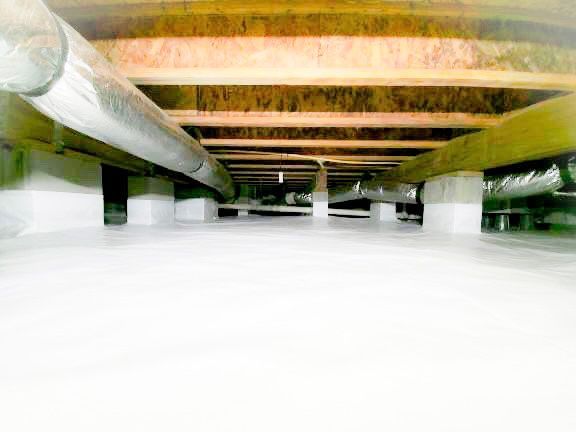
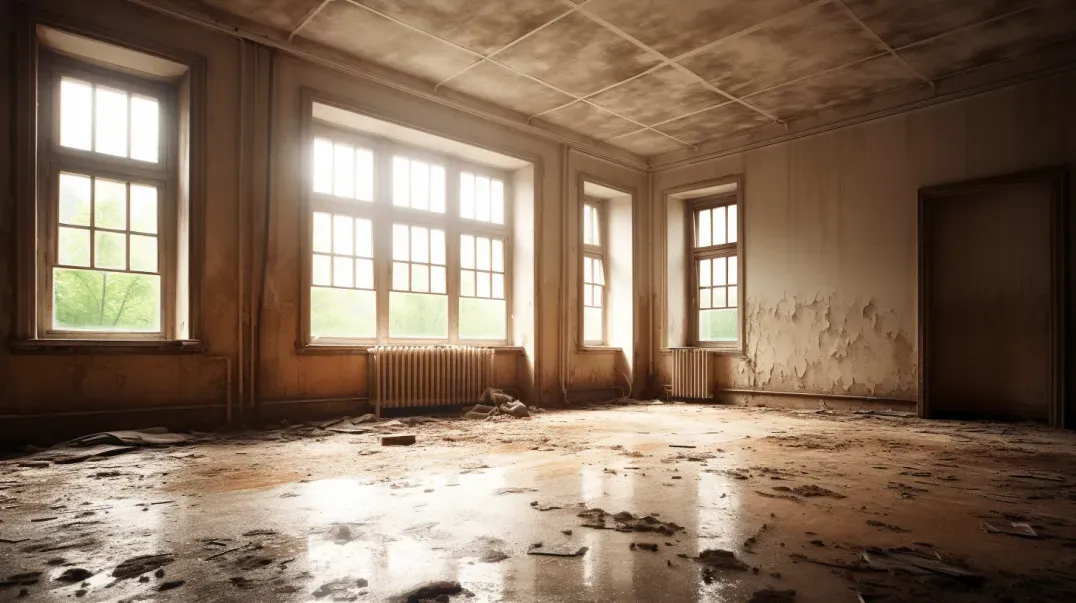
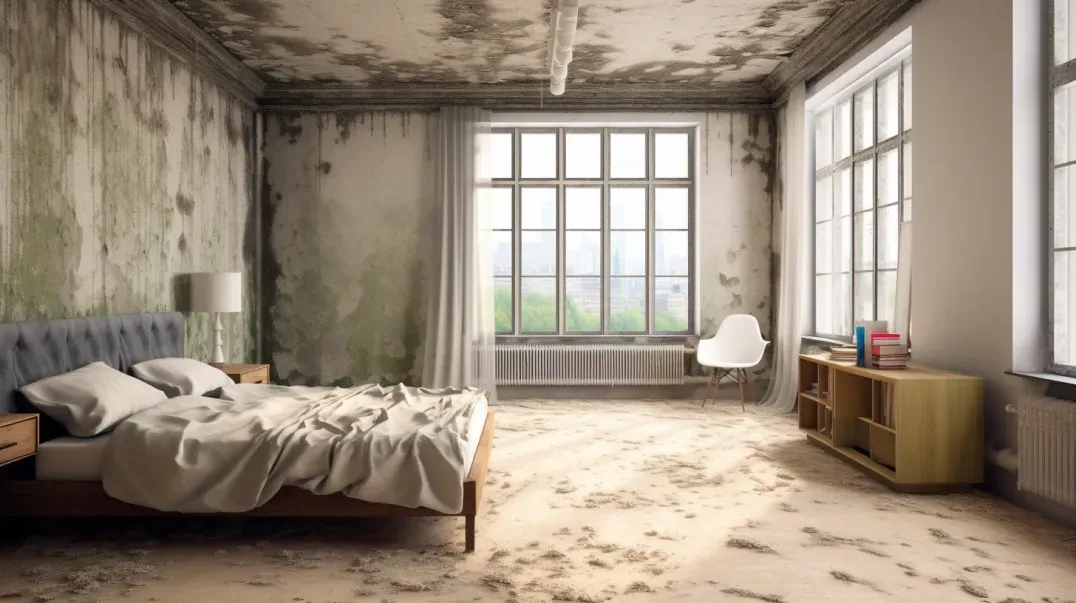
Schedule Your FREE Crawl Space Evaluation Today
There Is No Crawl Space Job We Can’t Fix!



